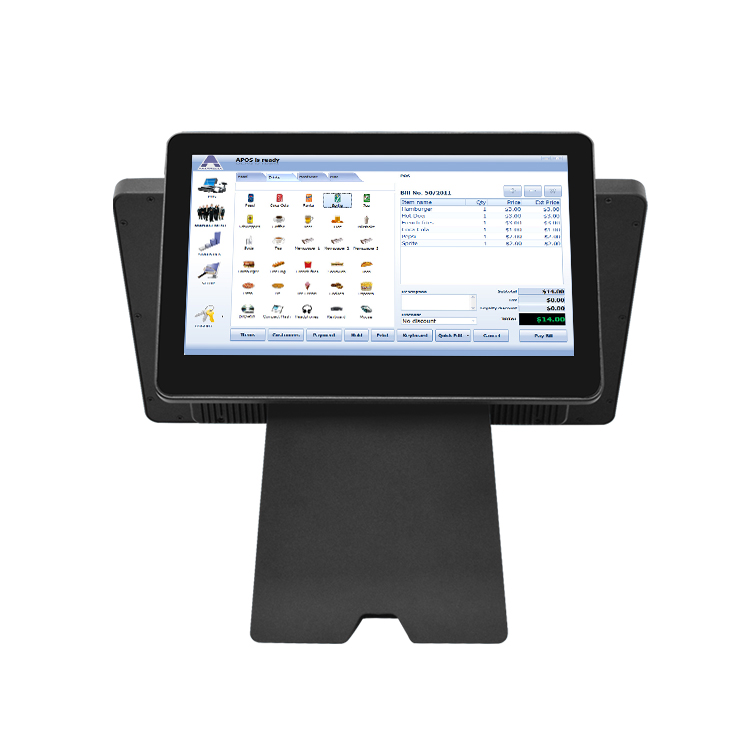Overview:
Point of Sale (POS) terminals are electronic devices used by businesses to process payments from customers. These devices play a crucial role in improving payment efficiency and enhancing the overall customer experience. There are several types of POS terminals available in the market, each designed to cater to different business needs. In this article, we will explore the various types of POS terminals and their unique features.
1. Traditional POS Terminals:
Traditional POS terminals are standalone devices that are directly connected to the cash register and used to process transactions. These terminals typically include features such as barcode scanners, receipt printers, and cash drawers. They are commonly used in retail stores and restaurants due to their durability, reliability, and compatibility with existing POS systems.
2. Mobile POS Terminals:
Mobile POS terminals are handheld devices such as smartphones or tablets that can be used to accept payments anywhere within the business premises. These devices are equipped with mobile payment apps and can be connected to card readers via Bluetooth or audio jack. Mobile POS terminals offer flexibility and convenience for businesses, especially those with a mobile or pop-up setup.

3. Tablet POS Systems:
Tablet POS systems are similar to mobile POS terminals but are designed specifically to leverage the functionalities of a tablet. These systems offer advanced features like inventory management, personalized customer profiles, and integrated loyalty programs. Tablet POS systems are popular among small businesses and restaurants seeking a comprehensive solution that combines both point of sale and business management capabilities.
4. All-in-One POS Systems:
All-in-One POS systems combine the hardware and software components in a single device. These systems typically include a touchscreen monitor, card reader, receipt printer, and often a built-in barcode scanner. All-in-One POS systems are user-friendly, space-saving, and provide a streamlined checkout experience. They are suitable for businesses looking for an integrated and compact solution.
5. Self-Service Kiosks:
Self-service kiosks are interactive touchscreen devices that allow customers to process payments and complete transactions by themselves. These kiosks are commonly found in fast-food restaurants, cinemas, and retail stores. Self-service kiosks reduce waiting times and enable businesses to handle a higher volume of customers efficiently.
6. Virtual POS Terminals:
Virtual POS terminals are software-based solutions that enable businesses to accept payments through a computer or laptop. These terminals are accessed via a secure web browser and require an internet connection. Virtual POS terminals are particularly useful for e-commerce businesses and those that receive payments over the phone.

7. NFC-Enabled POS Terminals:
NFC-enabled POS terminals utilize Near Field Communication (NFC) technology to enable contactless payments. These terminals allow customers to make transactions by simply tapping their contactless cards or mobile wallets on the terminal. NFC-enabled POS terminals are becoming increasingly popular due to their convenience, speed, and enhanced security features.
Conclusion:
In conclusion, the types of POS terminals vary in terms of their features, functionality, and suitability for different business environments. Traditional POS terminals, mobile POS terminals, tablet POS systems, all-in-one POS systems, self-service kiosks, virtual POS terminals, and NFC-enabled POS terminals each offer unique advantages and cater to specific business needs. Understanding the different types of POS terminals is crucial for businesses to select the most appropriate solution that aligns with their requirements and goals.
pos terminals point of sale Tablet POS Systems All-in-One POS systems Self-Service Kiosks



